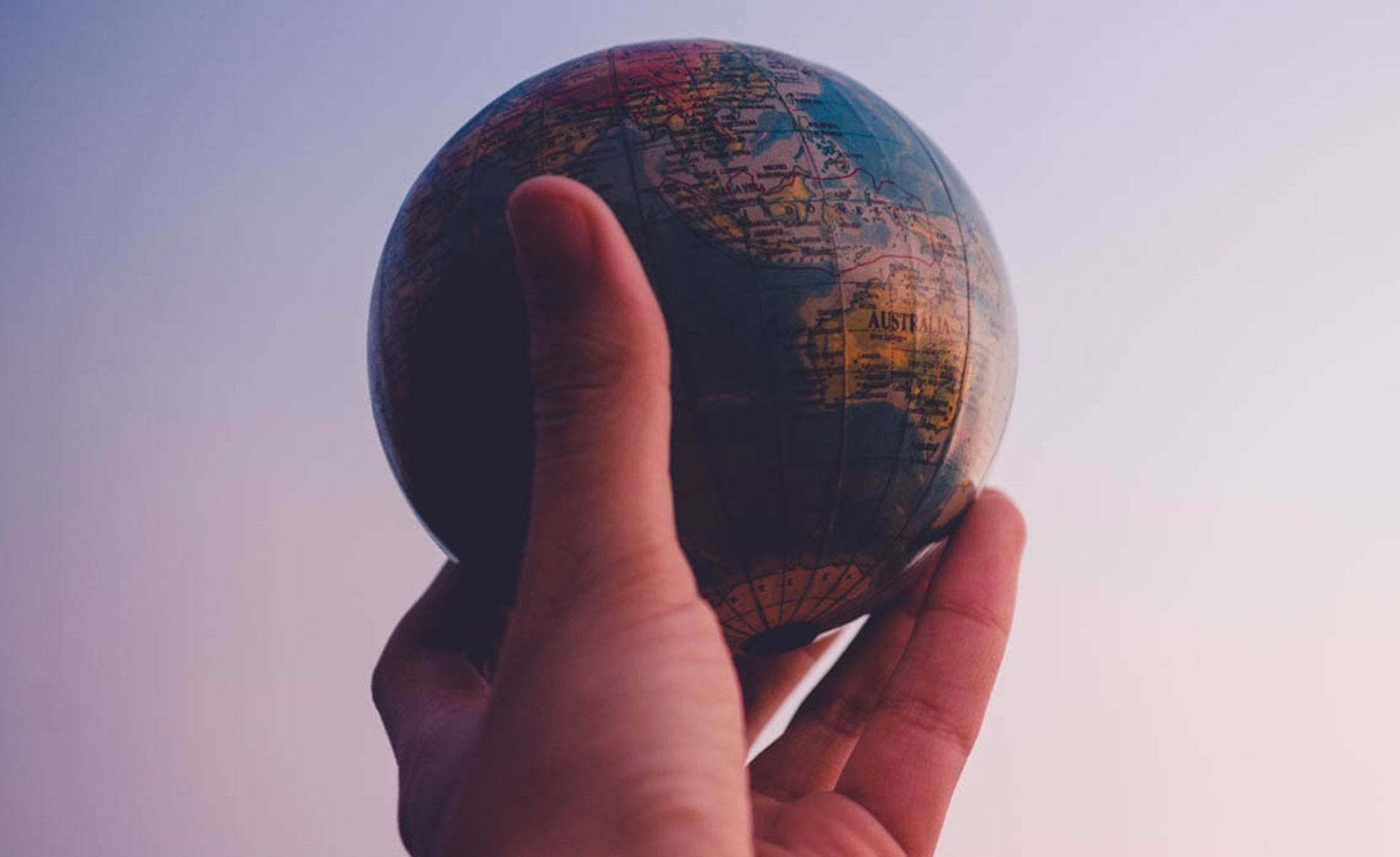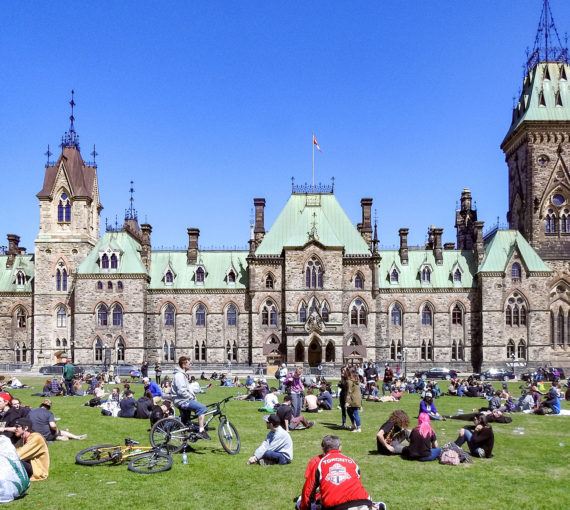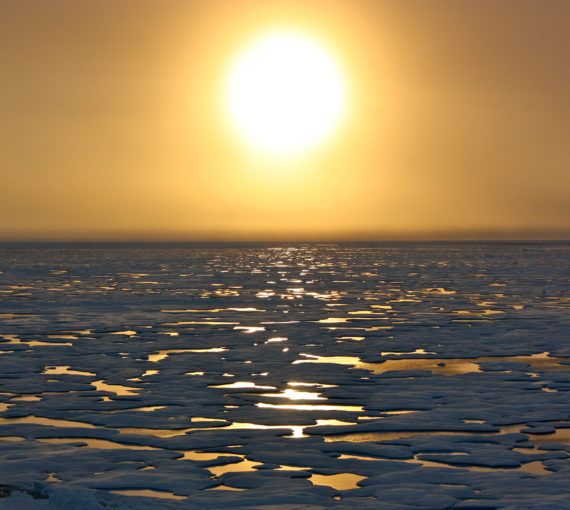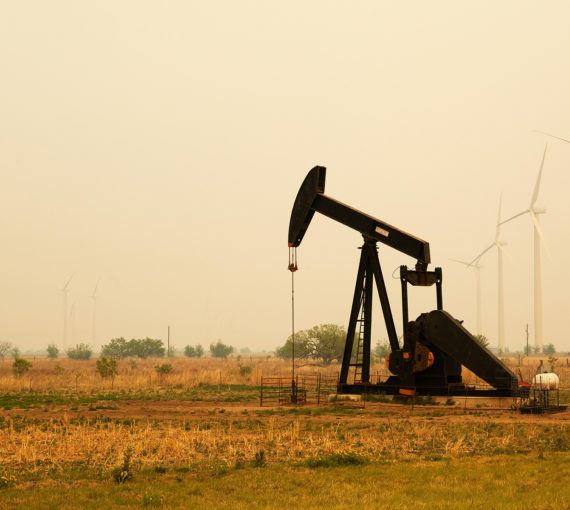Humans are an astonishing anomaly. As many species teeter on extinction, our populations grow in size and complexity. From exploring space to eradicating diseases and other remarkable achievements, human curiosity has pushed the outer limits of our physical universe. Yet our ability to embrace shared values has been challenging. More than a billion people live in poverty, inequality gaps are expanding, and we face unprecedented environmental challenges that threaten our survival.
To confront these, heads of states met in Rio de Janeiro, Brazil, in 1992 and established sustainable development as a global undertaking. Known as Agenda 21, the non-binding plan posited that meeting today’s human needs shouldn’t compromise the needs of future generations. Leaders referred to the 1990s as the “turnaround decade”, with multilateral approaches guiding nation states to sign treaties to tackle the world’s most pressing issues. (The David Suzuki Foundation was founded in 1990 to help press society to work toward a truly sustainable future.)
In 2000, nations agreed to eight Millennium Development Goals to guide the world to 2015. Although some countries made remarkable gains with these goals, overall success was elusive. Carbon dioxide emissions and the consequent effects of climate change continued to increase, as did water scarcity. The failures were in part because the goals were conceived by heads of states and technocrats in closed-room negotiations with little involvement from the communities and people most affected.
Countries met again in 2015 and employed a more open and collaborative approach to come up with 17 Sustainable Development Goals. Unlike the previous goals, these “global goals” set a new standard for the responsibilities expected from everyone, including political representatives, civil society, scientists and citizens, and apply to both developing and developed nations.
Although Canada ranks 13th out of 149 countries in the 2016 SDG index, 4.9 million people here live in poverty and more than four million experience food insecurity. Outcomes related to violence against women and women’s economic participation have seen little improvement and Canada has been criticized for human rights violations toward 1.4 million Indigenous people, who lag behind in almost every SDG category, a legacy of colonialism.
Former UN secretary-general Ban Ki-Moon held high hopes for humanity in light of the goals: “Ours can be the first generation to end poverty — and the last generation to address climate change before it is too late.” Around the world, with support from organizations such as ONE, artists, activists, faith and business leaders, students and scientists are working together to address extreme poverty and preventable disease and respond to inequality and injustice.
We’re also seeing a massive global shift to renewable energy, with 48 of the most vulnerable countries committing to a 100 per cent renewable energy transition to achieve the historic Paris Agreement. In Canada, a number of Indigenous communities are building microgrid renewable energy systems. The Lubicon Cree Nation in Northern Alberta is looking away from oilsands toward the sun for energy, launching the Lubicon Solar initiative — an 80-panel solar project that will create green jobs and reduce the community’s fossil fuel reliance.
Organizations and social entrepreneurs are using innovative technology to advance the goals. At this year’s World Economic Forum in Davos, Switzerland, Project Everyone teamed up with Pokémon Go to make PokéStops that highlighted the world’s most pressing issues. The app Lettuce Grow helps small-scale farmers across Portugal who are struggling to compete with cheap bulk imports connect directly with consumers, boosting Portugal’s agricultural industry and local economies.
In Canada, a blueprint to implement the Sustainable Development Goals exists: the Leap Manifesto, supported by more than 46,000 individuals, communities and organizations. In my home province, the BC Council for International Cooperation has developed an interactive map to connect more than 1,600 civil society groups that work on the global goals with local citizens and change-makers.
At the heart of the global goals is one simple message: Leave no one behind. Political representatives have given us an ambitious agenda for the next 15 years, but it’s up to us all to respond. An enormous amount of responsibility falls on governments, but they can’t achieve these goals alone. Their success relies on innovative, inclusive solutions from active citizens working to better their communities.




